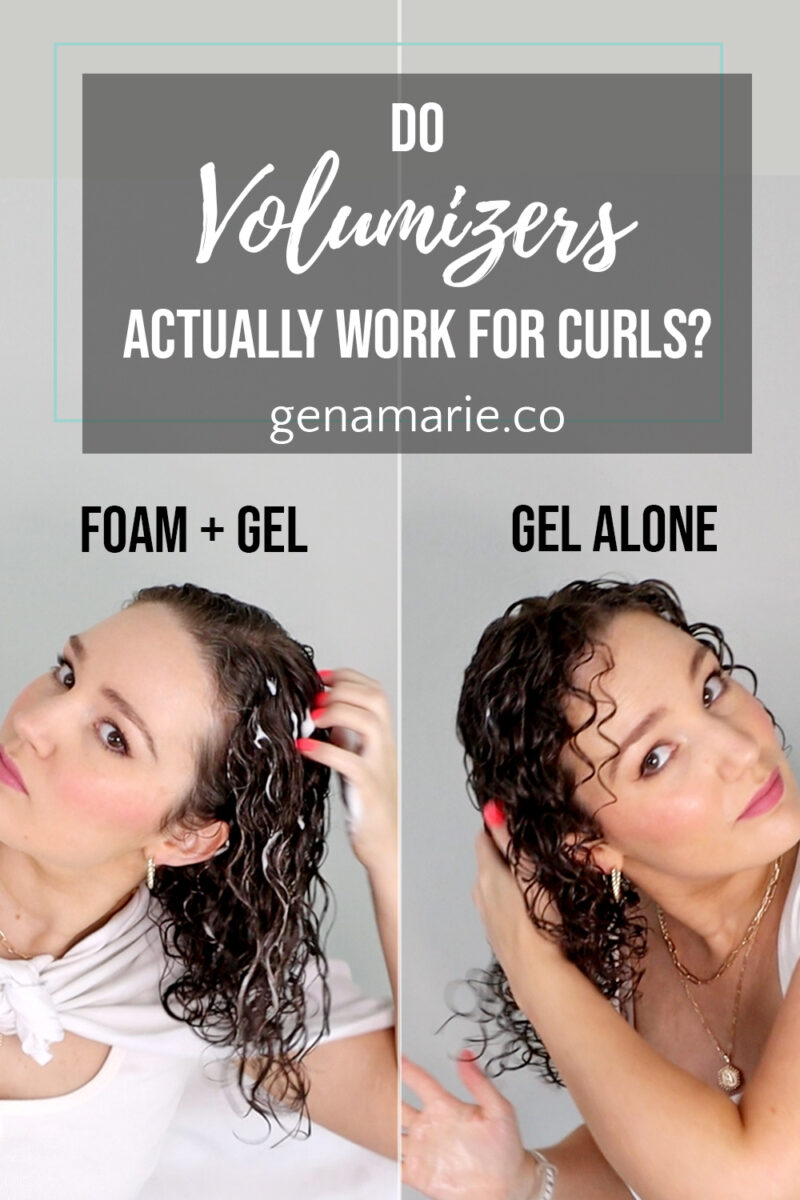
Do Volumizing Products Actually Work?
Volumizing products promise fuller-looking curls and lifted roots, but do they actually work for curly hair, or are they just sticky, overhyped, and a total
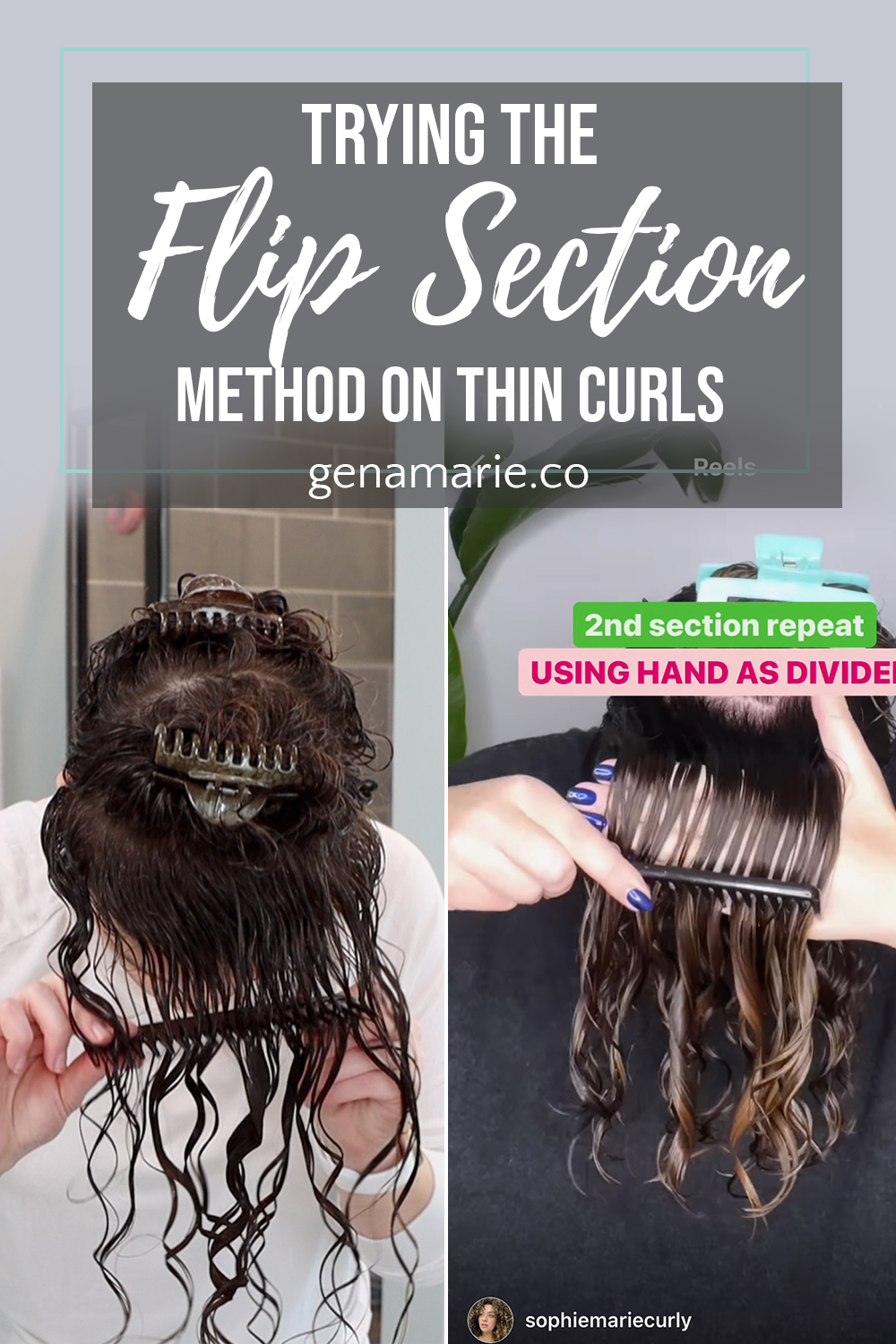
Have you heard of the “flip section” method? It was coined by SophieMarieCurly, another curly hair creator who has a unique technique of sectioning her hair, brush styling upside down, and separating the curl clumps with a comb for a fuller look. I love how this routine is for volume and definition and is designed to make brush styling faster.

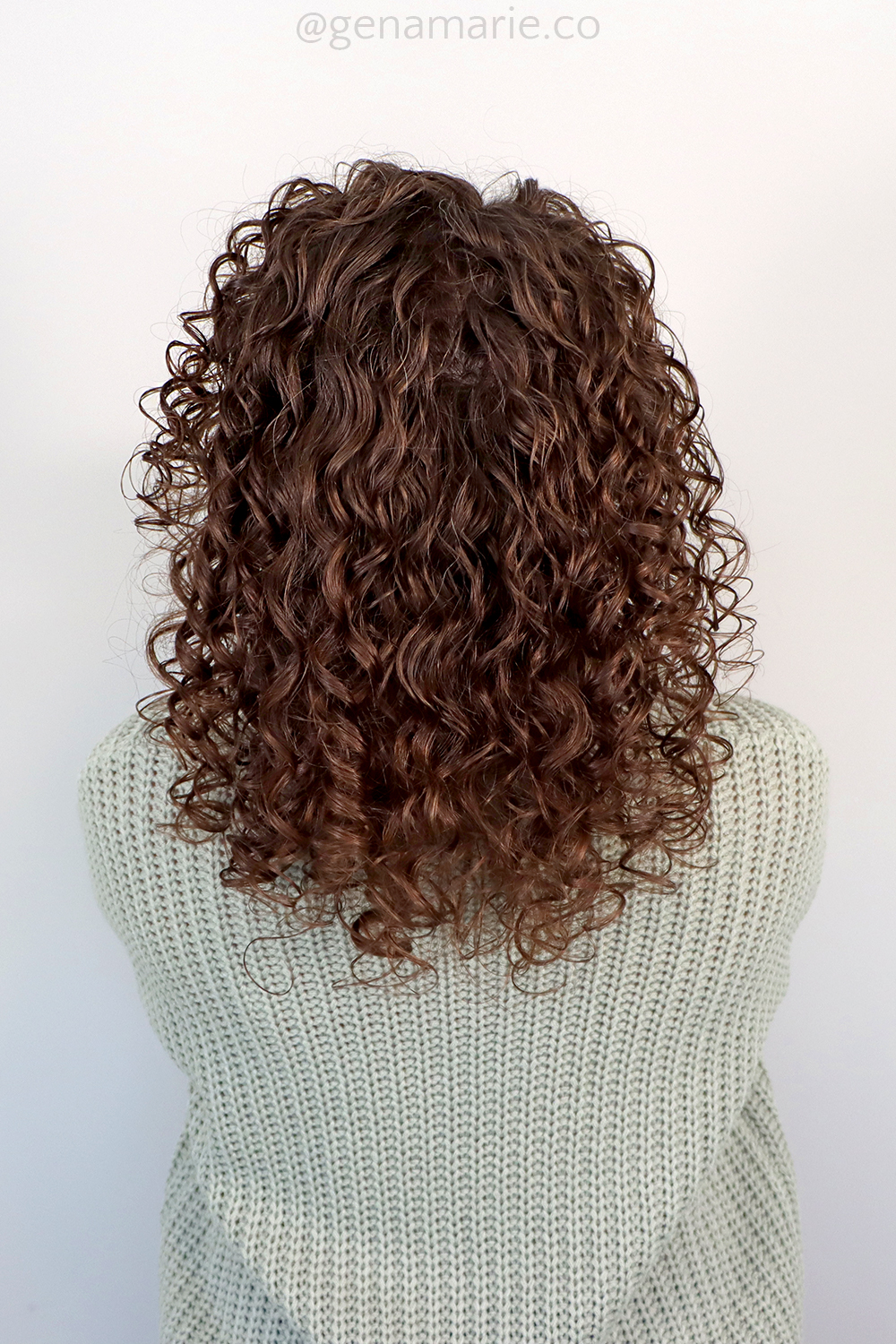
Overall I ended up with great results, I just had to fix a few things at the end. I think with more practice, I would be faster at it and it would be easier. I had great definition and lots of clumps, and I was glad they were more separated. However, I had much more frizz than usual up top due to upside-down styling. I also really struggle with my hair sticking to the scalp and my scalp showing, especially where the sections were. Even with picking out the roots the lines still showed. I think by incorporating the tweaks mentioned above, I would get even better results. I’m definitely taking some techniques from this method, such as combing through clumps to separate them.
What do you think? Did I do this method correctly, and would you change anything?
What method or routine should I put to the test next? Leave your requests in the comments.


Volumizing products promise fuller-looking curls and lifted roots, but do they actually work for curly hair, or are they just sticky, overhyped, and a total

Disclaimer: This post is sponsored by Curlsmith. Products are gifted. Full disclosure here. If your hair turns into a frizzy puffball the moment you step
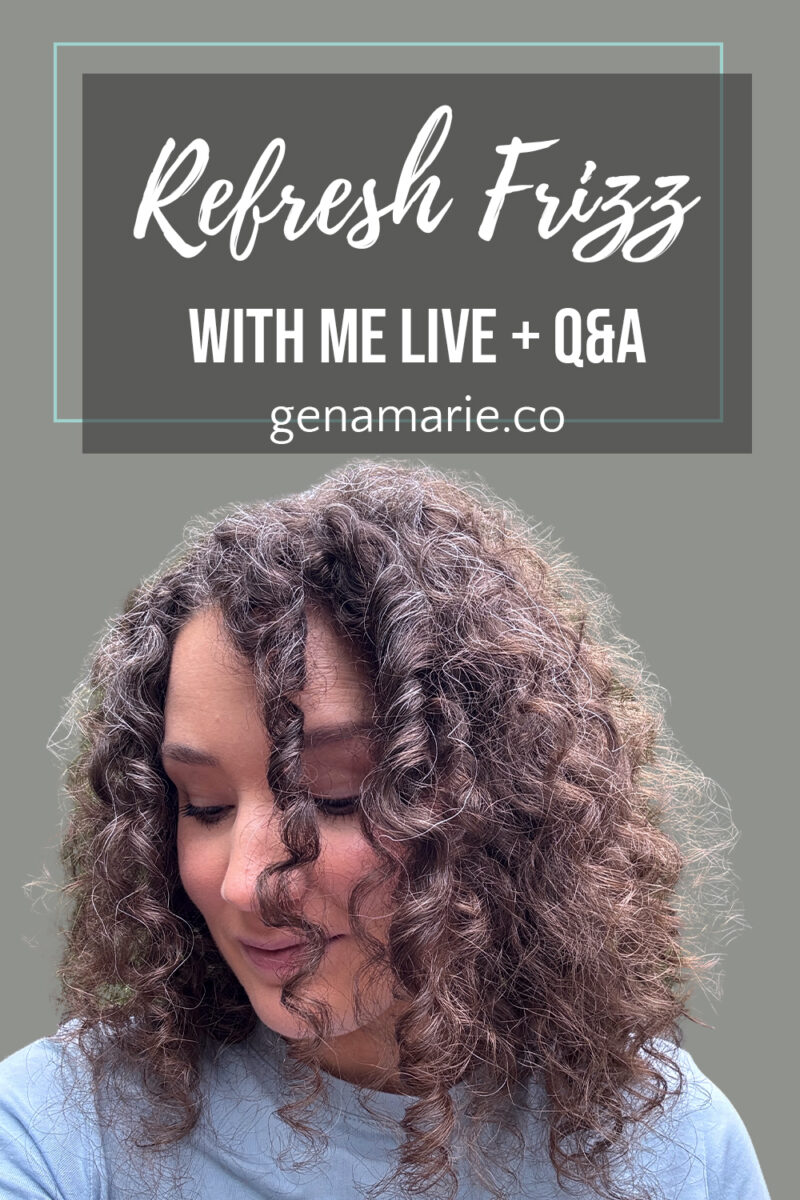
Today I refreshed my hair in real-time while sharing some of my best tips for refreshing frizz from lack of hold or humidity. I’m also
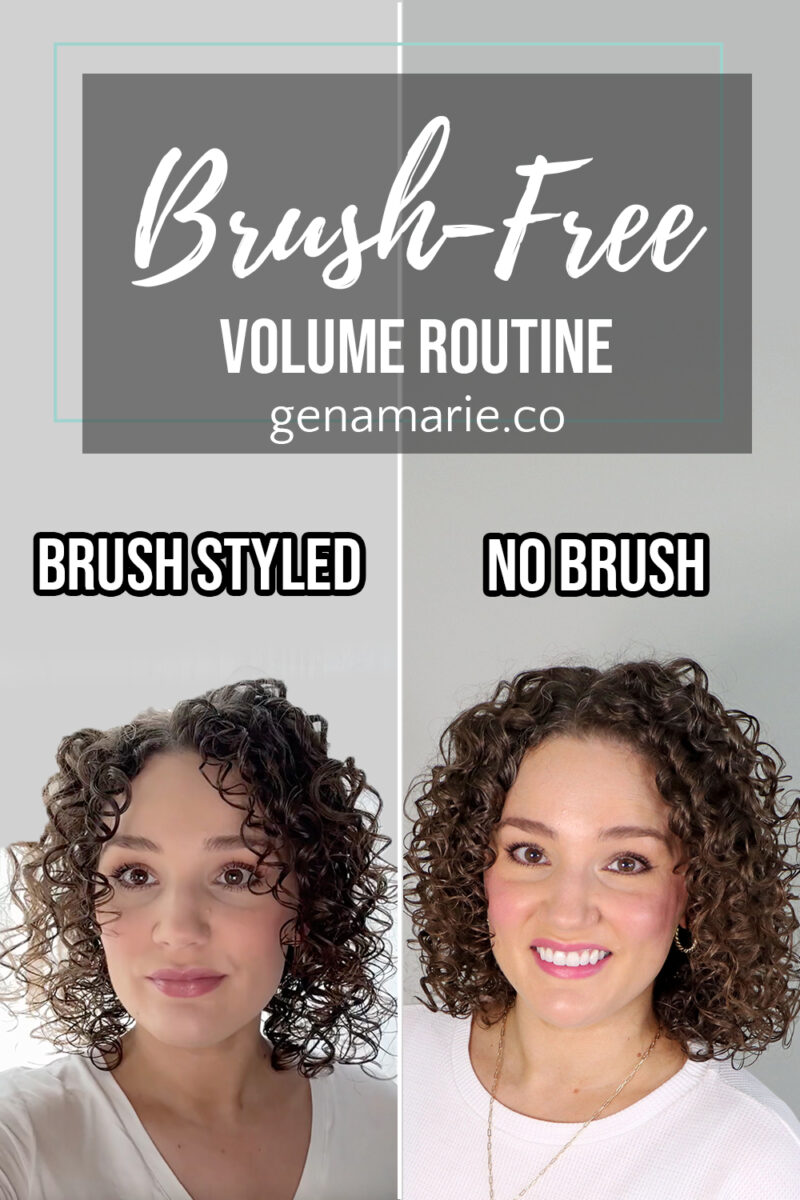
Do you use a brush when styling AND struggle to get enough volume? If so, you could be brush styling away your volume! Today I’m
© 2025 Gena Marie